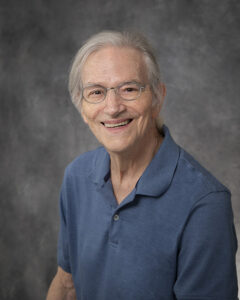 Richard Meyers grew up in Orange, NJ, and graduated from The Pingry School in 1963. He attended Hamilton College from 1963 through 1966 and then RPI from 1967 through 1968, where he got a BA degree from Hamilton College and a BS in Electrical Engineering from RPI.
Richard Meyers grew up in Orange, NJ, and graduated from The Pingry School in 1963. He attended Hamilton College from 1963 through 1966 and then RPI from 1967 through 1968, where he got a BA degree from Hamilton College and a BS in Electrical Engineering from RPI.
He worked in NJ Bell until June of 1970. From Sept 1970 through November 1972, he worked as a Peace Corps Volunteer in the state of Andhra Pradesh, India. He then went on to work as a Secondary School teacher in Thimphu, Bhutan until July 1974.
Matters of the heart brought him back to the United States in July 1974. In September of 1975 he enrolled in the Master’s Program in Electrical Engineering, receiving a Master’s degree in December 1977. He continued his studies and completed the coursework for a Phd by September 1980.
He left the program in the Summer of 1982 and gained employment as an Adjunct Professor at New York Institute of Technology in the Fall of 1982. He went full-time in 1984 and has been serving as an Associate Professor in the Department of Electrical and Computer Engineering Technology up to the present.
Tell us about your book.
The Half-Full-Glass User’s Manual is about a made-up object called “The Half-Full-Glass,” or simply The Glass. I allegedly discovered this curious little book as a discarded manuscript in my great, great grandfather’s soon-to-be bulldozed house. It appeared to be the sole remnant of a product that graced many a cabinet toward the end of the Roaring 20s.
The Manual explains how, with proper usage, an owner can imbue his/her Glass with special powers – transforming the journey of life into one of constant renewal and joyful unfoldment. The Manual serves as a vehicle for a thinly disguised self-help book. It’s not a handbook of advancement, of rules, or of suggestions but rather a scroll of absurd hyperboles and alliterations that mask a serious topic: seeing life as a sequence of experiences that, with proper vision, can lead one to a deeper sense of gratitude for the simple act of living.
The Manual invites readers to cultivate a sense of humility toward all the gifts life offers us, to open their eyes to this abundance that has always been present, and to accept both the joys and the hardships that characterize the lives of every human being on our planet. Using humor as the main vehicle of persuasion, it’s designed to give readers a new or renewed vision of life’s preciousness.
And even better, the thesis doesn’t require a single pun to convey its message!
Why did you want to write a book?
Well, it didn’t start out as a book. I originally had the idea of marketing The Half-Full Glass as a 21st-century version of a Pet Rock. The main idea lay in the prose of the manual, but it needed a half-full glass to make it real. I even put together a prototype of The Glass with the help of my local optometrist, who cut a lens I could fix into a glass with Gorilla Glue. I felt this idea was unique; I had visions of having money come in by the truckload if I could find a company to adopt this idea.
I knew, though, that – as with The Pet Rock – the central item wasn’t the physical object but its accompanying prose. With this idea in mind, I made a short list of publishers to whom I could pitch the idea. One of them was very enthusiastic – it took them three months to get back to me. I received the well-handled package with a note from their Acquisitions Editor who told me it was a “great idea,” but it had a “packaging problem.”
“OK,” I thought, “I can make a smaller glass and resize The Manual, thereby reducing the size of the package considerably.” With high hopes, I sent my opus back to them. And…in less than a week, I got a near pristine package back with the bad news: there was still a “packaging problem.” This time I got it – they didn’t want to risk the tooling to make a novelty glass for an item that wouldn’t sell.
I abandoned the project, but the notion was like an itch that needed scratching. A few years later, I came up with the idea of making The Glass an item that had once been part of the culture in the past century, now lost with the passing of that era. So, I rewrote the book using prose that fit the 1920s slang while jettisoning all allusions past the year 1930.
The exercise was a fun one, but I again set the book aside – I didn’t want to bother with the hassle of publishing it. Ah but that itch… That itch! I realized the book had a message of value and a way to convey the message with humor. There were countless self-help books out there, but most were heavy, deep, and real. Mine was light, frivolous, and spacey. And, to the best of my knowledge, unique.
The itch grew into a plea. The book seemed to be saying, “Hey, what about me?” Why that query with those words? Well, I had two books published with me listed as author, both pedagogical books in my chosen field of computer science. They had their champions, but neither sold well. Did I really want to risk the trauma of trying again?
Well… yes. I’m much older now and not interested in making money hand over fist. I’m way more interested in offering service as best I can in any way possible. This book may just give some people a better vision of living. What better service could I offer than this?
So… here I am offering a third book. If it sells, it sells. If not, well, it’s being given to people with a lot more “heart” than the previous two books.
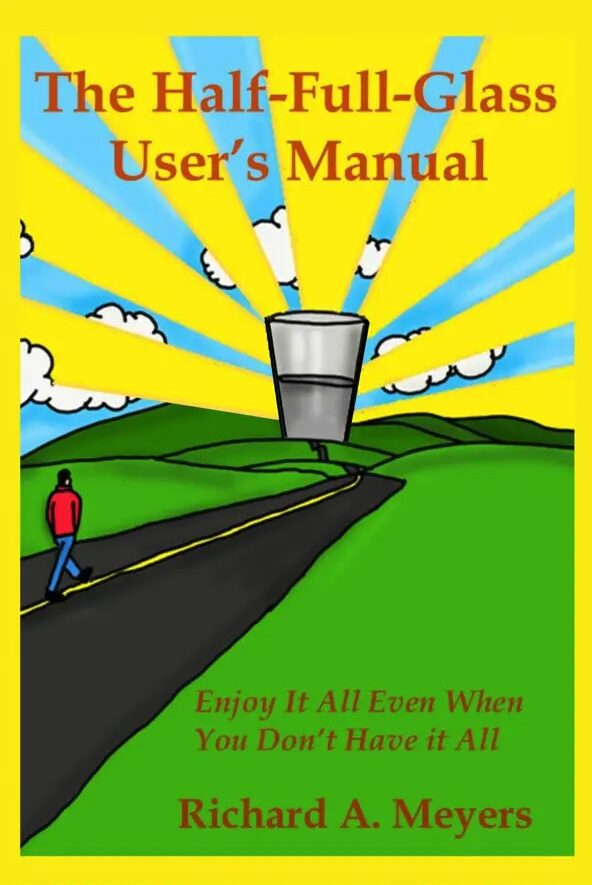 You said you changed the prose in the manual rewrite to make it seem the book was a product of the late 20s. What changes did you make?
You said you changed the prose in the manual rewrite to make it seem the book was a product of the late 20s. What changes did you make?
First things first, I had to write the Preface where I fabricated finding the discarded manual in my great-great-grandfather’s attic. I needed to point out that I changed half of masculine genders to their female counterparts because the default gender usage in the 20s was strictly masculine. I also pointed out that the monetary values mentioned in the book had to be updated to 21st-century values. Neither of these changes was necessary in the revised text, but the fact of their “change” needed to be brought up in the manuscript’s Preface to the 1920 manual.
Re: the changes in the 2020 version back to the bogus 1930 version. Anything even suggesting the possibility that allusions referred to future happenings or later slang needed to go. I used Google extensively to help me out with this. Phrases like “no-brainer” and “it’s not rocket science,” clearly had to go. I replaced “no-brainer” with “duck’s soup.” I don’t know if there was a phrase like “it’s not rocket science” existed, but I felt that “it’s not quantum mechanics” would fit in nicely, regardless.
I learned a bit about contemporary history that “Frick and Frack” was an ice-skating duo that were popular for their skating hijinks in the mid-30s. That had to go. Luckily, there were some parallels, and one in the 1920s was “Burns and Allen,” who were a vaudeville act as early as 1920. Some nouns and phrases were simple substitutions. “A dude” in the 2020s was called a “fella” in the 1930s, the 2020s “chick” was the 1920s “Jane.” In 2020, “a fat cat lives high on the hog,” while an equivalent 1930’s person was “a big egg in the chips.”
I was surprised to learn that the word “hullabaloo” had been kicking around since the middle of the 18th century, and that the phrase “balled up” easily made the cut with its origin dating ca. 1850. I was likewise surprised to find that the word “haywire” and the phrase “on the fritz” were close to “under the wire” (ca. 1910) in adaptability, both having their origins around 1905.
A person we call “out of his shorts” today was “off the trolley” in the 1930s. “A low energy chick” in today’s vernacular was a “flat tire Jane” in the early 30’s. Phrases using certain proper names were associated with human types that have been universal since the dawn of speech. “Let George do it” invoked the willing factotum George, the lazy man’s answer to a job he’d preferred pawning off. “Tell that one to Sweeny,” was a blow-off phrase addressed to the mountebank making outrageous claims about a product he was selling.
Although I’ve covered a lot of 1920s slang, you’ll find still more gems in The Manual. Needless to say, I had a super blast doing this part of the re-edit to make this book saleable.
Why did you choose to self-publish?
Hey, this is an easy question to answer. It’s all about time and about communication, or lack of same. My first book I published was with a large, reputable company that printed textbooks. They and I had high hopes about my book, but there was too much miscommunication with the countless accompanying back-and-forths. So many assumptions were made that I wish I hadn’t made. So many muddied waters that could have been clarified. I’m not saying this experience totally soured me on getting a professional publisher, but I learned that communication is important regardless of who my co-workers or partners may be. The fewer unsupported assumptions I make, the better off the final product will be.
I don’t even want to get started on the companies that are – oh, I hate using this word, but I must – predators on innocent authors with high hopes. No, I don’t want to be their fodder. I wish not to say more about such businesses. I’ll charitably (and I hope correctly) say that many of them are average people who must put food on the table to feed hungry mouths. I’ll leave it at that.
With my first self-published book, I was a lone ranger. From my experience with the commercial publisher, I believed I was a good author, for my book was adopted by some remarkable schools before they found the book had more typos in it than Carter had little liver pills.
The burden on this oversight lay 80% on me. I relied too heavily on proofreaders to catch some of the howlers in the manuscript. My first self-published submission was free of typos. I used plenty of dingbats with margin notes that made the task of getting it through the Amazon reader very difficult—but it got through, and I had a good-looking book that was well-written.
Yes, but, alas, there were other problems with the book. Technologically, it was good, but it wasn’t as up-to-date as it could have been. (I’ll critique the book on my website and discuss ways to modernize some of the still solid ideas in this pedagogical piece. Doing a rewrite of it, is beyond my capacity, at least for the moment.)
My present book? I wasn’t going to be a fool. I sent it out for paid reviews. For the most part, they’ve been good, scary good, in fact. They looked good enough for me to give the book a chance. Had I gotten all bad reviews, I’d have abandoned the effort. And I wouldn’t want to try an edit to fix things. I’d have been done.
I’ve talked around the topic, but I fear I haven’t directly answered the question. I can take feedback as well as most of us, perhaps too much so. With a publisher other than my own, I’d see way more time and effort required to bring The Manual to the market. There would be so much back and forth, perhaps rewrites, layout designs, etc. that I simply wouldn’t have the patience or the time to do it all. I still have a day job, and I owe my first allegiance to that. With me as the sole editor and publisher, the only backs-and-forths would be within my own mind – still a challenge, but a surmountable one.
What tools or companies did you use, and what experience did you have?
Ah, I used a whole smorgasbord of tools.
I wrote the manuscript in Word and hired Brian Wrensen, a talented student from NYIT, to do the drawings. Merging manuscript and images was a breeze compared to the other hoops through which I had to jump.
To spice up the book, I resurrected an old version of Microsoft Paint to create the half-full and empty-glass dingbats. My rudimentary drawing skills, paired with Paint’s simplicity, made this one of the easier tasks. I dropped them into the manuscript – no muss, no fuss.
For the cover, I turned to Canva. I chose what I felt was the strongest exemplar of Brian’s drawings to anchor the cover theme. Giving the drawing a goldenrod background meant picking up new skills. Smoothing out the jaggies on the larger-than-life glass was a challenge, but I managed to do the repairs online with Cava’s drawing tools.
Once I secured my ISBNs (I bought ten from Bowker), the manuscript and cover were complete. Uploading to Amazon’s paperback platform went smoothly.
Knowing I’d need reviews to attract readers, I reached out for paid reviews and offered The Manual free on BookFunnel, cheekily watermarked with the text “Confidential Sipping Permitted.”
To join Goodreads’ Author Program, I needed a website. I spent two grueling weeks trying to build one myself – sixteen-hour days, heroic effort, tragic results. My wife, wise and weary, gently advised surrender. I listened and have been grateful ever since. I registered lilopow.com (a vast improvement over my old ramathor.com) via cheapnames.com and hired Creative Design Studios, a stellar team now finalizing the site.
And then came the ebook. My greatest challenge.
I hadn’t planned to make one, but BookFunnel’s Kindle preview nudged me forward. I downloaded Calibre to convert the Word doc. to ebook format. And…oy gevalt, what a mess! Word-to-ebook conversion is notoriously bad. Luckily, my journeyman’s grasp of HTML and CSS – and my AI companion, Microsoft Copilot – helped me fix it. For over two weeks, I worked 10-14 hours a day using the Calibre editor, trying to make the rendering (with help from Copilot) presentable. All done?
I wished.
Kindle’s rendering was a rude awakening. Dingbats misaligned, front matter mangled… I could go on. Under AI’s guidance, I tried Sigil, a better editor, but image wrapping still failed. I’ve long told students that our ivory-tower exercises differ from the brutal reality of technical demands in the real world. I had taught html and css from a text, but now I was knee-deep in a real-world experience.
At Copilot’s suggestion, I flattened the ebook’s HTML chapters into one big document to simplify formatting. I did. That introduced new issues—spines, manifests, and other arcane ebook anatomy I’d never encountered. I abandoned the project more than once, only to wake up the next morning muttering, “There must be a way.” Despite numerous setbacks, through personal grit and CoPilot’s help/encouragement I always found a solution. Eventually, we got an ebook that rendered well across most readers.
I never dreamed of making one of these. Nor of making a website. But the need to make The Manual public birthed the wherewithal to have a social media presence I never wanted and an ebook I never considered. I’ll use my website (lilopow.com) as my hub. As for other platforms? With the exception of LinkedIn, I wouldn’t touch them with a ten-foot pole. I supply my reasons for eschewing these sites in answer to another question.
What tips can you give other authors looking to self-publish?
That’s a good question, and I thank you for asking it. Given that I’m offering up The Half-Full-Glass User’s Manual as a service and that I simply love to serve, this question has given me a further opportunity to serve. To any author looking to self-publish, I’ll say it’s about my experiences. If HFGUM ends up at the bottom of a heap of no sells, feel free to ignore every last word! If it sells well, then maybe my unusual (at least as I see it) path could help any of you who are considering the Self-Publishing route. So here goes:
1. Believe in your work and sustain this belief simply because it’s your own work. This attitude, I feel, is paramount. The path to getting the book completed, formatted, marketed, published and (hopefully!) sold has many twists and turns. Some of the apparent side trips you’ll encounter will make you feel elated, triumphant. Don’t rest on your laurels. Persist! Other side trips may devastate you. By all means, don’t dismiss the feeling, but don’t let it spoil your vision. Persist! Some parts of the journey may appear as tedious busy work. Stay with it, don’t procrastinate when you must do the needful. Need I say it again? **Persist!** The path you envision and the actual journey to publication will have plenty of surprises, but the path can be trodden. Let your belief be the energy that brings your vision to reality. Don’t lose the dream. PERSIST!
2. Ultimately, you should know what you want. By all means, if you have the skills to do it yourself, do it. If it takes a bit more time, but you know you can do it, that much extra investment will give you greater value as you complete the project, your project.
3. If you don’t have the skills, admit it, and hire somebody to do what needs to be done. And when you do this, discriminate! For example, it became obvious that I needed to have my own website to give the book the chance it deserved. Well… I tried to make one myself using GoDaddy’s tools, but after an anguishing two weeks, I had to admit I was waaay over my head. When I put out an order on Bark, I got inundated with seekers. Ouch! Before I hired a developer, I looked at their work and contacted some customers. I’m glad I did. If I went with the first prospect who caught my eye, a fast talker, I’d now be ruing the day I chose to go with his company.
4. If you can do it, when you hire somebody (or bodies), share your book with them. Do your best to make it likeable to them. If you believe in your book, that won’t be so hard. If they believe in your book, it’ll make their work that much better; their investment in it will be a partnership of love as well as one of business.
5. No matter how wonderful you believe your work is, remember, “you are writing for readers.” The better you can identify with them, the better the chances you’ll write a book that gets read. I’ll say it again in different words: The better you can detach yourself from your hard work and see the finished product as a reader would, the better your chances are to get those readers with whom you’d want to share a story or a vision. Though it’s a hard suggestion to follow, the more you endeavor to be a customer of your work, even as you’re the one bringing it to fruition, the greater the chance it will succeed.
6. Don’t let “bad” reviews get you down. You are reviewed one person at a time. Your book may not resonate with every reader, and some reviewers, God bless their honesty, can be brutal if your book doesn’t work for them. Other reviewers may love your book. That’s good, but remember again, it’s just one person’s opinion. Indeed, a bad review may be fine if there are also good reviews. It simply points out that readers have different tastes, yes? If you get a few reviews that are howlers against your work, it’s testimony that you didn’t write some namby-pamby, banana-diet piece of drivel.
What are your plans now your book is published?
Well, I have a few ideas for now, many as a sort of follow-up to this book. It’s not my interest to do social media very much. Getting involved with any kind of public software application, be it for the purpose of work, for connecting with old friends, for expressing ideas, etc. to me requires a serious commitment of personal time and energy.
I work as a college professor, and when the semester is running, I view the 18 or so waking hours allotted to me as time where I must commit to the students in my care. I am writing this now even as I’m thinking of the quizzes I’ve posted that I must grade within the next 48 hours, of editing the Zoom recording I made for today’s meeting in an evening class, of planning the agendas I’ll be posting for next week’s meetings (I call them meetings, not classes), and of the big picture issue that I need to make up tests I’ll be giving in two weeks. These are immediate, perennial plans, pathways I must navigate for the Fall and Spring semesters. They’ll not change in the immediate future, but other plans may or even must.
I’ve steered clear of social platform engagements, and I plan to stay clear of them as best I can. Being a presence on Facebook or Instagram demands a lot of attention. On the flip side of this, viewing postings on Facebook or Instagram might draw me into a black hole from which I might never emerge. This is the dark side, if I can call it that, of the love I have for humanity. People are interesting, wonderful, and can be very distracting. I enjoy plenty of social contact at work, and it’s already fulfilling and rewarding. Though friends are wonderful, personal obligations are as well, and I must have some place where I can fulfill other obligations without too much distraction.
Why am I bringing this up? Well, because I’m an author of what I believe will be a successful book. To give it the publicity I believe it deserves, I’ve made a website, lilopow.com, that will demand maintenance. I’ve stayed pretty much under the radar with social media, for my daily activities at my place of work, and any other commitments I presently make, I do my best to honor. Having a website and a published book offered in service to readers, may kick things up more than just a notch when it comes to demands on my personal time.
As to any definite plans. I don’t have any other than I’ll hopefully still be presenting material and guiding students in my alleged areas of expertise. Even then, circumstances may change. Maybe next year, after the website is up, after the book has been published, and this name given to me at birth will have gained notoriety, I will do my best to meet obligations that come with this turn of events we call success. Perhaps this book will have made a very small impact and then have been forgotten. It will not have succeeded. I hope this personal disappointment won’t affect me too much, but I won’t know until and if it happens.
In any case, my only plans are to continue with what I presently do and to hopefully adjust well to any changes, good or bad, the publication of this book brings into my life. The changes may be large or small. God willing, I interpret them well and readjust any plans I may have made accordingly.
Why did you write about this particular subject?
I suppose this book comes under the topic of self-help. It’s personal with me. Like any other human being on the planet, I go through my rough spots. There are times when I’m feeling my lowest, when I’m feeling utterly hopeless, when I think I’m not worthy in the least to have this book published under my name because I’m not living from it.
Can I then say because it’s being published that I’ve broken through? Perhaps. But…moods are like the clouds on any given day. They come, and they go. I’ll feel unworthy, then I’ll feel grateful. 100% worthy? Never. I write in The Manual, “Beware, beware The Hubris.” So, hopefully I can never say, “I and I alone did this.” I’d rather say it was gifted to me, and as a worthy recipient I’m doing something with it.
I’m a human being, an introspective one. I’ve always been a seeker for meaning, but we cannot reduce life’s meaning to words. We can, but live it. I needed to live it before I wrote this book. I needed years of living before I felt I was living what I wrote. l needed living to see that all life throws at me, good and bad, are gifts if I but view them that way. I needed to understand this notion of half-fulness as perhaps the greatest gift life bestows on all of us. We just need to embrace this notion a bit better than we presently do.
I’ve read more than my fair share of self-help books. I’ve found the best ones give stories, not advice. Anybody can say, “You can win friends and influence people if you care about them.” Very glib. But how to learn to care about them? Well, through practice, I suppose. I owe much of this skill to being in a 12-step program where we have meetings that last an hour. Any person has the floor at one of these meetings for 4 minutes.
To do this program right, I was forced to listen for over 90% of the time. It wasn’t two-way listening in the least – while another person was talking, the act of thinking, thinking, thinking of some clever rejoinder wasn’t open to me. I just learned to listen. I learned to care. Above all, I learned to identify.
I live this sort of life fully now. Sometimes, I laugh until my sides hurt. At other times, I weep as if there’s no tomorrow. I feel triumph fully, and, yes, also despair fully. How I feel is of utmost importance in the now, because it is in the Eternal Now that I’m feeling it when I’m feeling it.
Nonetheless, I feel that what I’m seeing even as I feel supersedes any feelings I may be experiencing. Countless books have been written about this notion. All the best Holy books – the Bible, the Mahabharata, the Koran, the Tao – support this thesis in so many words. This theme runs through countless other books by authors far wider and more knowledgeable than I. So why do I need to write about it?
In truth, I don’t. Sure, I had fun writing about The Half-Full-Glass many years back when my interests were far more monetary. Now I’m interested in having it read for its message. So? Well, it has a different voice. I hesitate to say unique, but perhaps so. Many books I’ve read on self-help are advice-laden. Our minds resist outright words that say, “You should do this or avoid doing that.” Though there may be truth in strong, direct words, our minds rebel from hearing them. It’s just the human way.
Ah… but say the same thing with a literary device, a story, a fable, a parable, and it invites the mind to consider the idea a bit more, to say, “Hey, I like this,” and to then take the idea to the street, as it were. I realized that The Manual does this, and in a different way from most. The vehicle gifted me a way to present these truths with humor, absurd tales, phrases laden with hyperbole, and alliterative sounds that roll off the tongue. I see this as perhaps a new way to reach open minds and Hearts to truths that make living the joy it can be.
So, I decided this book had better get published. If the notion works, well and good. If not, well, at least I can feel I’ve done a dharma with getting it published, regardless of how it may affect my personal being.
What’s next for you as an author?
The Half-Full-Glass User’s Manual is my third publication. Of the three, I feel it’s my best effort. (It should be – we do improve and learn, right?) If it sells well, and I receive mail from readers, I hope I’d have sufficient responsibility and gumption to answer any kind words they may send my way. And if it doesn’t? I still teach. I still am of service in different ways. And yes, I may write another book, a technical book that I feel fills a need I believe is lacking. I’ll get it reviewed by technical people and by my peers at NYIT. It reflects what I cover in the classroom. If it’s worth the effort, where I truly think it can advance the pedagogy, I’ll author my notes. But not otherwise.
A side effect of my publication of The Manual is the LiLoPow website. I can use it to blog. If people read these blogs, fine; if not, that’s OK as well. As part of my journey through life and as a result of my reading Julia Cameron’s excellent book, The Artist’s Way, I journaled extensively – doing three pages a day almost every day for a period of fifteen years. I have a place for a blog on this site, so maybe I’ll look through some of my works and put up a blog or two from some of my better entries.
Over the past six months, I’ve rarely journaled, but I believe I’m still continuing on my little path of self-discovery. And yes, I can see picking up the pen and getting into this habit again; I sorely miss this introspective exercise, but present duties, not the least of which is giving this book a chance for the recognition it may deserve, is one of those activities that for the present supersedes the discipline laid out by dear Julia.
So, what’s really next for me as an author? I suppose to write in some capacity. I suppose to ask questions, often childish ones, and seek answers from AI to these questions. I suppose to enjoy life, though I know the end is way nearer than it was a decade or two ago. Though I prefer living, I fear not death. I simply want my remaining days to be one of service to whomever regarding whatever, when possible.
Is that my “rage, rage, against the dying light?” Maybe. But it’s a good rage, one that sustains me and keeps me active and smiling, even as I know there are far fewer years ahead for me than there are behind me. If I choose to live them in a state of humble gratitude, accepting the still abundant experiences in store for me, I will have lived in the vision of half-fullness that I’ve advanced as The Manual’s main message.
I noticed that your publication name is LiLoPow Publishers and that your website is lilopow.com. There’s clearly a significance behind this name choice, yes?
Oh Ab-so-lute-ly! (that’s another 1920s slang, by the way.) If you look at the logo you’ll see an equilateral triangle that encloses three symbols: a light bulb, a heart, and a lightning bolt.
The light-bulb representing Light is situated within the triangle to the right of the left-hand vertex, the heart, representing Love is situated within the triangle below the top vertex, and the lightning bolt representing Power is situated within the triangle to the left of the right vertex.
Let me say outright that the notion of combining these three words – Light, Love, and Power – unlike the notion of the Half-Full-Glass -did not arise from the fires of my little mind. They are words drawn from a prayer, an invocation I say daily and with the deepest conviction as just one person of earth’s billions. So, let me set the record straight:
Just as there are 1000 different users who see 1000 different glasses, all half full, so too we have:
- 1000 different voices, saying 1000 different prayers, all containing the same words with the same longing.
- 1000 unique Hearts, requesting 1000 unique outcomes, all with the same qualified vision of a shared benevolence.
- 1000 different lives, living 1000 different experiences, each one requesting that the best be felt by all remaining 999.
So as one life among billions of lives on this planet, here’s my personal take on these words:
- Light – our ability to see things clearly, to understand how things really are so we can work with what is.
- Love – a recognition of each other’s unique gifts, free from any personal jealousies, so the work one does is the best it can be.
- Power – the will to apply the above qualities in a co-operative effort that realizes a finalized result resoundingly greater and better than the sum of all its parts.
And so, we have Light + Love + Power = Humanity at its best.
These words mean more to me personally than an invocation for a better planet. Indeed, I can recall the words to a song I heard when growing up in the 60s: “Let there be peace on Earth and let it begin with me.”
The invocation that includes the words “Light and Love and Power” serves as a personal appeal to me, Richard A. Meyers. Having full knowledge of my human foibles, let me still aspire to live a life of enhanced awareness, with the capacity to clearly see and understand other lives, and a practice of doing what’s right. Light and love and power can be both words of invocation and an aspiration for me to live as best I can, where I am but one citizen of 8+ billion citizens on planet Earth.
Author Links
Get an Editorial Review | Get Amazon Sales & Reviews | Get Edited | Get Beta Readers | Enter the SPR Book Awards | Other Marketing Services


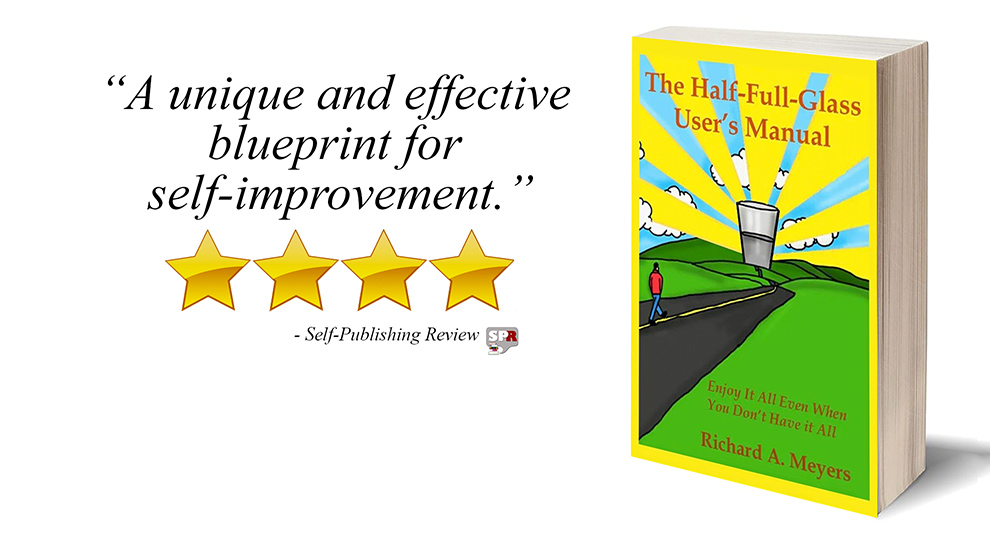


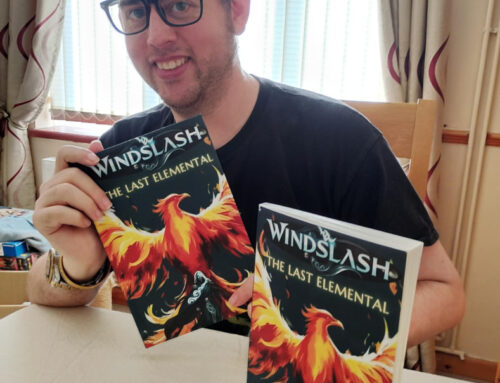
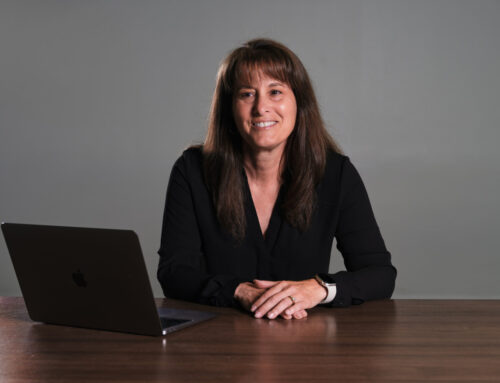
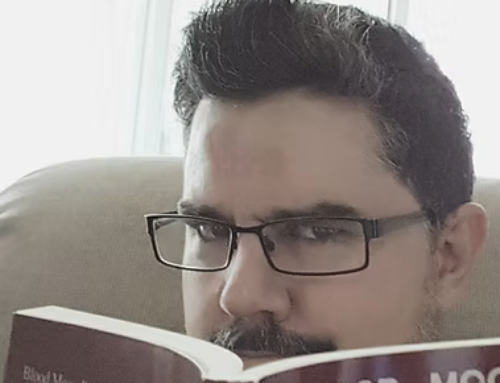

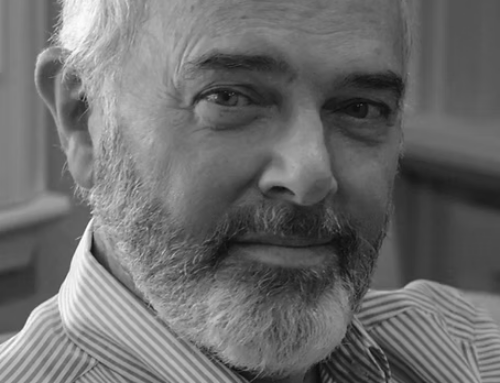
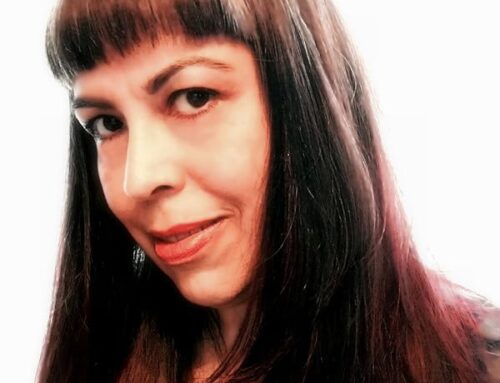



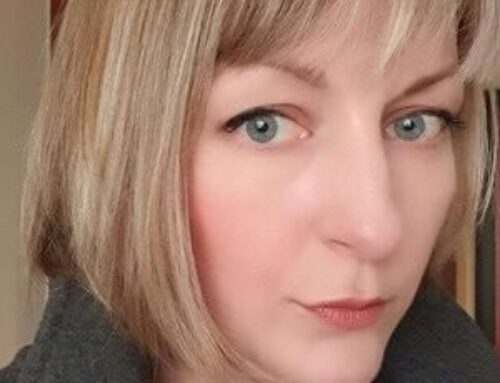
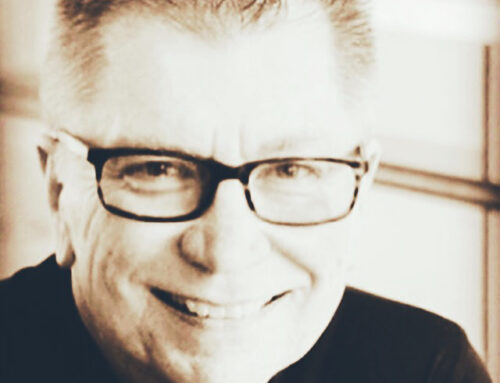
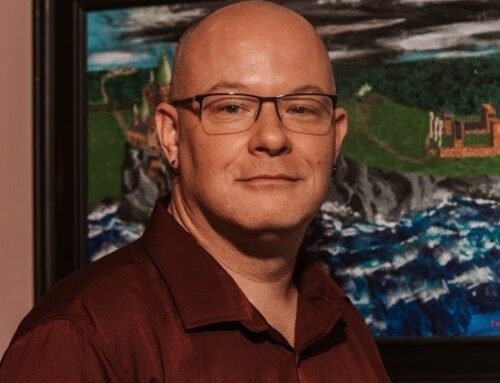




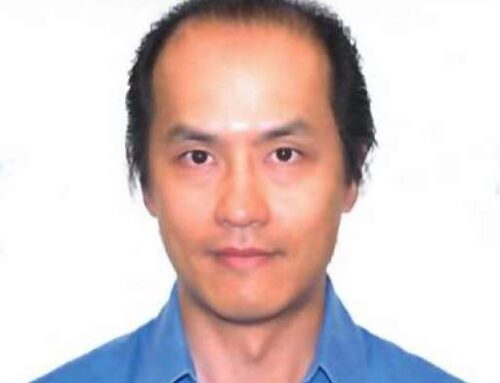

Leave A Comment